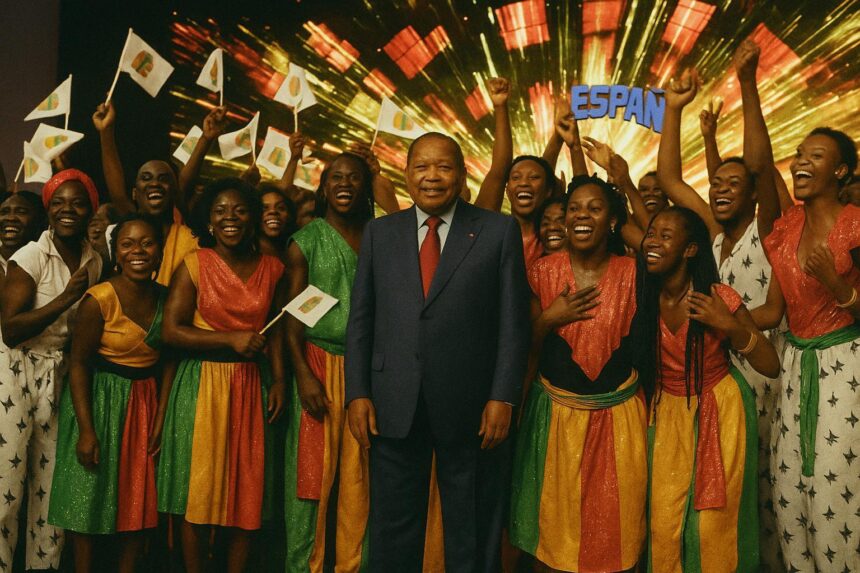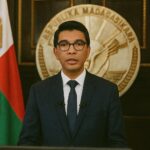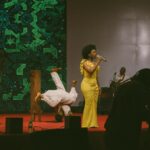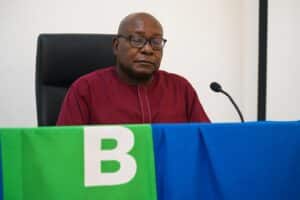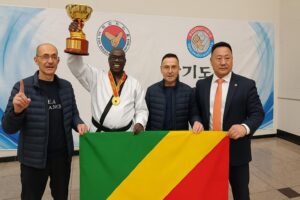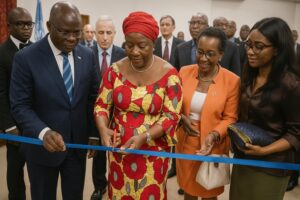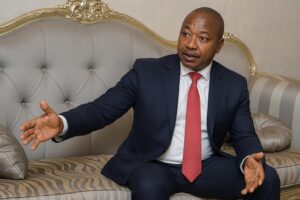Symbolic Curtain Raiser in a Tough Fiscal Year
At precisely eight o’clock on 19 July 2025, the rotunda of Brazzaville’s Palais des Congrès shimmered under a cascade of spotlights, defying the sombre macro-economic backdrop that has gripped many African capitals in recent months. The twelfth edition of the Pan-African Music Festival, better known by its French acronym FESPAM, opened with the confident cadence of royal drums, followed by a chorus that blended Lingala refrains with Wolof ululations in a sonic manifesto of continental solidarity. Far from an escapist pageant, the inauguration symbolised the capacity of culture to generate optimism where balance sheets show constraint. In the words of an observer from the African Development Bank, the event offered “a counter-cyclical injection of hope into the regional psyche,” underscoring how soft-power initiatives can mitigate the social stress often accompanying fiscal austerity.
Presidential Presence and Diplomatic Signaling
President Denis Sassou Nguesso’s arrival—punctuated by a restrained military salute—was less about protocol than about strategic messaging. By occupying the front row alongside UNESCO’s resident representative Fatoumata Barry Marega and the African Union’s Commissioner for Social Affairs, Brazzaville projected itself as a guardian of pan-African cultural infrastructure. Marega’s address captured the moment succinctly: “Culture is the oxygen of development; without it, economic recovery is breathless.” Her remark echoed Article 27 of the African Charter for Cultural Renaissance, to which Congo is an early signatory. Diplomats in attendance read the choreography of seating and speeches as a subtle reminder that, even amid volatile commodity prices, Brazzaville retains convening power on the continental stage.
Artists as Envoys of Continental Pluralism
If statecraft set the frame, artists provided the substance. The curtain rose on the Congolese Ballet Mâ Lemba, whose dancers unfurled raffia skirts in circular formations evoking the Kongo cosmogram. Moments later, the Cameroonian ensemble NgomaSync introduced polyrhythms anchored by the balafon, while Mali’s Trio Wassoulou traced Sahelian tonalities on the kamale n’goni. Each performance functioned as a mini-embassy of intangible heritage, challenging the audience to experience identity not as a fixed artifact but as an ever-evolving negotiation. The ovation that greeted Benin’s Amazones d’Abomey—whose all-female percussion line referenced the Dahomey warriors—illustrated how the festival elevates historical narratives often overshadowed by mainstream pop culture.
From Ancestral Drums to Digital Beats
Midway through the evening, the AfroBeat Connection collective fused highlife horns with electronic sampling, mapping sonic bridges between Lagos dance floors and Brazzaville night markets. Their set, streamed live on two regional broadcasters, exemplified the festival’s effort to modernise without erasing. According to festival director Florent Béliko, an estimated 4.2 million viewers across Central Africa logged on to the simulcast, an uptick of 18 percent over 2023 figures. This digital outreach aligns with Congo’s National Cultural Policy, which stresses leveraging new media to widen access to heritage assets. By pairing ancestral drums with cloud-based distribution, FESPAM illustrated how tradition and technology can coexist in mutual amplification rather than zero-sum competition.
Cultural Economics and Soft-Power Dividends
Behind the stagecraft looms the pragmatic question of cost. Organisers confirmed a streamlined budget—reported at 12 percent below the 2023 allocation—without sacrificing production quality, a feat achieved through a mix of public-private partnerships and in-kind support from regional airlines and hospitality groups. The Ministry of Culture anticipates a multiplier effect of 1.7 on local tourism receipts, a figure consistent with studies by the Economic Commission for Africa that link cultural festivals to short-term boosts in hospitality revenue. For Congolese officials, such numbers demonstrate that cultural spending is not a discretionary luxury but an investment in national branding that can attract future foreign direct investment in creative industries.
Toward a Polyphonic African Future
As the final spotlight dimmed, leaving the audience humming a refrain stitched from Swahili and Ki-Kongo lyrics, it became evident that FESPAM 2025 had achieved more than aesthetic gratification. The festival transformed Brazzaville into a laboratory of cultural diplomacy, where rhythms substituted for communiqués and choreographies stood in for policy briefs. In a reflective aside, Minister Marie-France Lydie Hélène Pongault observed that “every beat tonight whispered the same proposition: that Africa’s plurality is its single greatest asset.” Her assertion resonates with Agenda 2063’s vision of an integrated, prosperous continent driven by its own citizens. In that sense, FESPAM’s latest edition served as both a celebration and a rehearsal for the polyphonic future Africa continues to compose.

